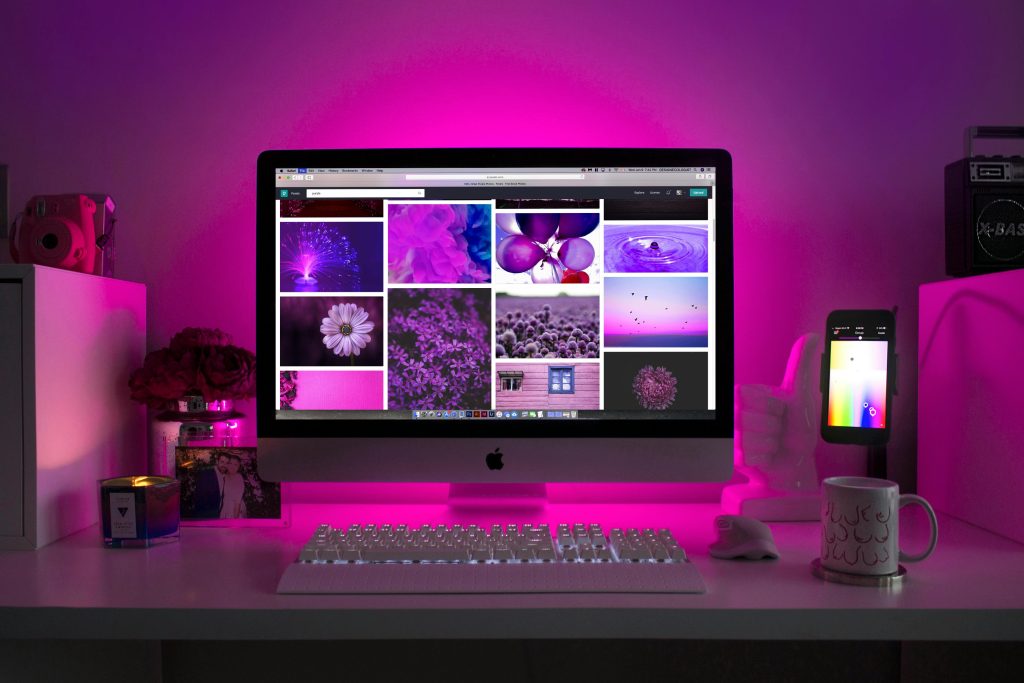Title: Troubleshooting External Monitor Issues with Docking Stations: A Comprehensive Guide for IT Administrators
Introduction
As an IT administrator in a dynamic corporate environment, encountering technical glitches is part and parcel of the job. However, when a widespread issue like external monitors suddenly turning off plagues multiple teams across different locations, it can be a daunting problem to solve. This issue, particularly prevalent among users of Lenovo and HP devices connected via docking stations, has raised concerns among IT teams worldwide, especially following the Windows 24H2 update. This blog post seeks to unravel the complexities of this problem, offering insights and strategies for solving it effectively while exploring possible reasons behind these disruptions.
Understanding the Issue: Symptoms and Scope
The preliminary observation suggests that external monitors connected through docking stations experience intermittent blackouts, staying off for about 10 seconds before turning back on multiple times an hour. This issue, while seemingly trivial, disrupts workflow and hampers productivity, especially in fast-paced work environments.
The affected devices predominantly include Lenovo T16 Gen3 and older models, alongside some HP ZBook devices. ThinkPad and Thunderbolt docking stations are commonly used across these setups. Oddly, the issue isn’t uniform, with some company branches unaffected despite a similar hardware and software infrastructure.
The Connection to Windows 24H2 Update
One potential link to this issue is the Windows 24H2 update. Despite lacking official documentation from Microsoft or prominent tech news outlets, anecdotal evidence from users points towards this update as a potential catalyst. This update, like others, might introduce new functionalities or patches that inadvertently affect hardware compatibility or driver operations, leading to quirks like random monitor outages.
Diagnostics and Initial Troubleshooting Steps
IT teams have undertaken a systematic approach to tackle this issue, but their efforts have been met with limited success. Here’s a breakdown of the diagnostic steps and why they might not have worked:
-
Replacement of Hardware Components: Replacing docking stations, monitors, and cables are logical first steps. These swaps aim to eliminate the possibility of faulty hardware. However, widespread nature and consistency of the problem suggest an underlying software or firmware issue rather than hardware defects.
-
Driver and Software Updates: Updating drivers and system software is crucial in troubleshooting any tech-related problem. IT teams have ensured the latest drivers from both Lenovo and HP are installed, alongside updating Windows. However, if the 24H2 update is indeed the root cause, these updates may further complicate matters without addressing the core issue.
-
Lenovo-Specific Fixes: Lenovo has recommended specific fixes related to HDMI or DisplayPort configurations (link to Lenovo article). These may work for isolated or hardware-specific issues but seem insufficient for the systemic nature of the problem described here.
Challenges in Rolling Back Updates
In a corporate setting where a Windows update like 24H2 has been widely deployed, rolling back to a previous version is not only impractical but also risky. Reimaging systems carries significant downtime and resource allocation, potentially outweighing the benefits unless corroborated with solid evidence of being a definitive solution. Such drastic measures often face resistance from both operational and administrative fronts, especially in large corporations where system stability is paramount.
Exploring Potential Solutions and Alternatives
To effectively solve this issue, IT administrators should explore a combination of strategic and technical measures:
-
Engage with Microsoft Support: Directly engaging with Microsoft’s support team can provide valuable insights or patches not otherwise publicly available. IT teams can provide detailed logs and reports, prompting Microsoft to recognize and address the issue in subsequent updates.
-
Firmware Updates for Docking Stations: While driver updates are essential, ensuring that the docking station’s firmware is up-to-date can resolve compatibility issues with the new Windows update. Manufacturers might release firmware patches addressing compatibility issues induced by OS updates.
-
Experiment with Alternative USB-C Standards: Some docking stations and laptops might benefit from switching USB-C modes, particularly if they support protocols like Thunderbolt 3 or newer USB approaches. IT teams can experiment with these configurations to find a stable setup.
-
Community and Forum Engagement: IT teams should actively participate in online forums and communities such as Reddit, Spiceworks, and Lenovo forums. These platforms offer a wealth of shared experiences and might provide a quicker solution or workaround as more users report similar issues.
-
Monitor Testing on Different OS Versions: If feasible, attempt to replicate the issue using systems with other OS versions. This controlled testing might reveal whether the problem truly lies within the 24H2 update.
The Role of IT Policy and User Education
While immediate technical solutions are paramount, the holistic handling of this issue also involves policy and education components:
-
User Education: Educate users on best practices for connecting devices and regular system maintenance. Awareness of steps users can take when encountering such issues, like restarting the docking station or temporarily using built-in displays, can mitigate frustration.
-
Policy Updates: As IT departments encounter and solve issues, it is vital to update IT policies and guidelines to reflect best practices. Documenting these issues ensures a quicker response for future occurrences and assists in communicating potential issues with vendors.
Conclusion
Addressing the random turning off of screens due to docking station connections is evidently more complex than surface-level diagnostics might indicate. Understanding the intricate interplay between hardware compatibility, firmware, software updates, and user configurations is crucial for IT administrators. By leveraging strategic approaches and utilizing comprehensive troubleshooting techniques, IT departments can better manage these technological challenges, ensuring minimal disruption across the workplace. As the tech landscape evolves, staying informed through professional communities and maintaining open lines of communication with software vendors will be indispensable in preemptively addressing such pervasive issues.
Share this content:



Response:
Thank you for this insightful post addressing the ongoing issues with external monitors randomly turning off while connected via docking stations. As an IT professional with technical expertise in hardware and software interactions, I’d like to add some additional considerations and recommendations based on our experience with similar problems.
Hardware and Firmware Sync: It’s essential to concurrently check the compatibility of all hardware components, including the docking station, cables, and external monitors. Sometimes, even a minor firmware mismatch can lead to instability. Regularly visit the manufacturer’s support website for any firmware updates specific to your docking stations, as these can often resolve intermittent connectivity problems.
Advanced Diagnostic Tools: Consider utilizing advanced monitoring tools to analyze system logs when the issue occurs. Tools such as Event Viewer and Performance Monitor can help track down the exact moment of disconnection, providing valuable insights into drivers, power settings, or event triggers that might be causing the blackouts.
Power Settings Review: Take a closer look at the power management settings both in Windows and the BIOS. Sometimes, aggressive power-saving settings can interfere with the docking stations and external monitors. Disabling “USB selective suspend” in the power options can sometimes yield positive results.
Testing Across Different OS Builds: Conducting tests on systems running older or even newer builds of Windows 10 (if they are available) can
Thank you for sharing this detailed overview of the external monitor flickering issue related to Lenovo and HP docking stations after the Windows 24H2 update. This appears to be a complex problem possibly stemming from compatibility issues introduced by recent OS updates or firmware mismatches.
To assist further, I recommend the following troubleshooting steps:
<